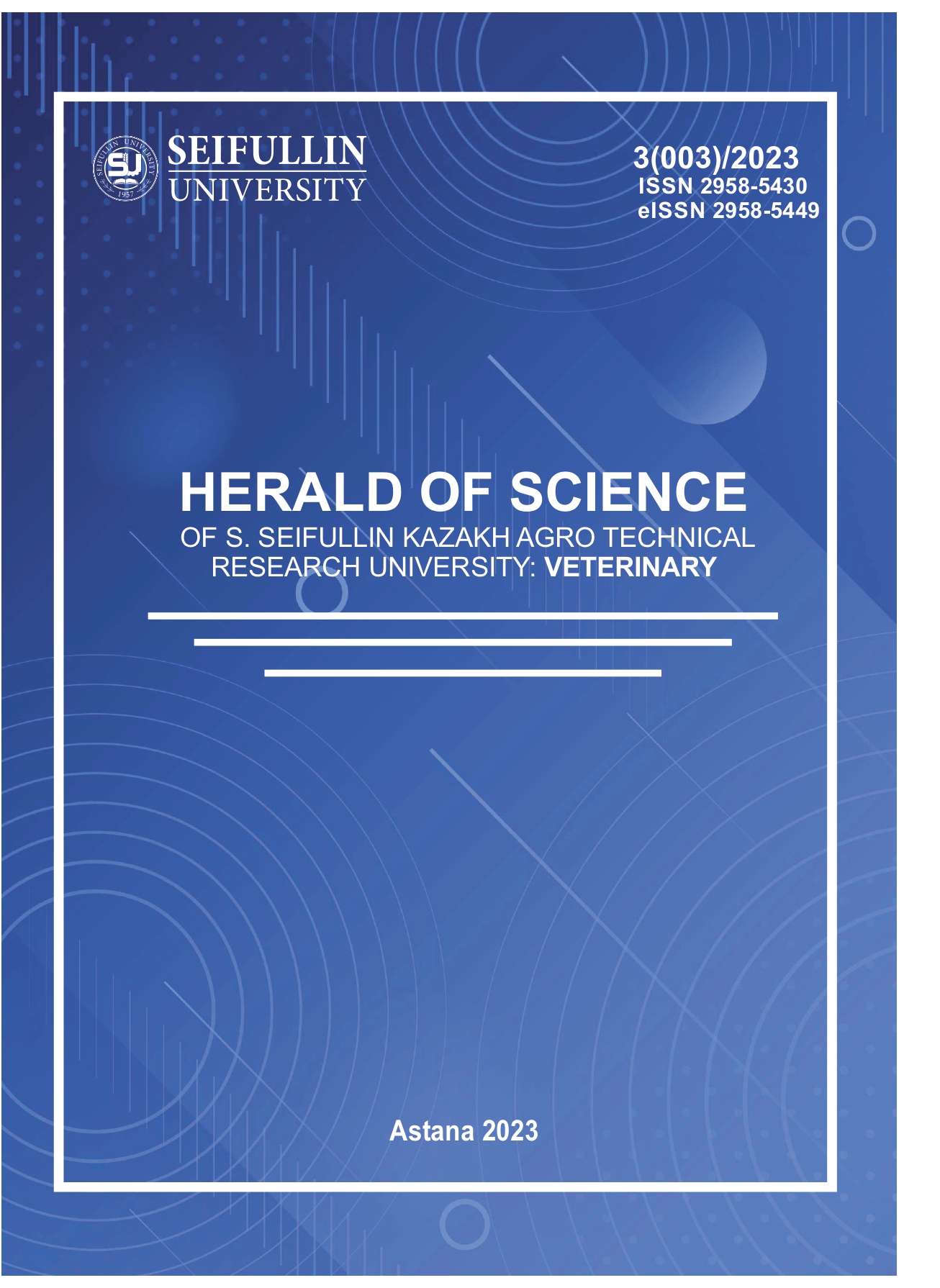FATTY-ACID COMPOSITION OF IMPORTED NUTS SOLD IN THE MARKETS OF THE CITY OF ASTANA
DOI:
https://doi.org/10.51452/kazatuvc.2023.3(003).1505Keywords:
fatty acid; food safety; import; linoleic acid; oleic acid; polyunsaturated acids; nutsAbstract
Nuts are high in protein, unsaturated fats, fiber, vitamins, and minerals. 70-80% of the fatty acids present in nuts and seeds are essential fatty acids, which are components of the plasma membrane and contain lecithin, a lipoprotein found in brain cells. The findings of investigations on the fatty acid makeup of several types of imported nuts in Astana's marketplaces are presented in this article. In this study, using the HPLC method, 17 samples of nuts imported from Uzbekistan, Iran, China have been analyzed. The experimental part was carried out in an accredited testing laboratory of Nutritest LLP, Almaty. As a result of the research, nut samples taken from the Shapagat, Alem, Sharyn, Astanalyk Bazaar, Eurasia-1 markets exceeded the norms of fatty acid composition from 1 to 20% in all samples. In addition, differences were found in the fatty acid profile of nuts of different types and origin. Peanuts from China, for example, have the highest quantities of palmitic acid, whereas cashews from Iran have the highest levels of stearic acid. Almonds also have the highest oleic acid values, while walnuts have the highest linoleic acid levels. These results may be useful in understanding the differences between nuts and choosing the most appropriate options for consumption based on individual needs and nutritional recommendations

